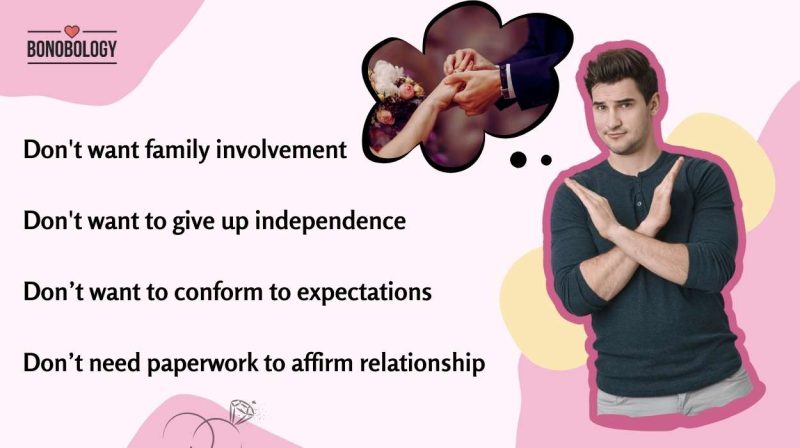I am no fan of Indian soaps, but one show that firmly held my interest was Ajai Sinha’s Aadhe Adhoore on Zindagi. It touched upon the sexual relationship between a bhabhi and her devar (husband’s younger brother). Unapologetic in its attitude, sensitive and gentle in its treatment, even though the series won applause for its brave content, the naysayers were not far behind, and it was taken off air in four months.
Bhabhi and devar relationship in India
Table of Contents
The bhabhi–devar relationship in India has been fodder for many a spicy tale. It’s ever-changing, the intriguing matrix has added to the fascination: from being a mother figure to playing confidante, to, in some instances, the first female stranger to ever live in the family, making her an object of latent desire for the devar.
In a critically acclaimed feature film of the eighties called Ek Chaadar Maili Si, a bhabhi is forced to marry her devar. Adapted from Rajinder Singh Bedi’s Urdu novella by the same name, the film was set in a small village in Punjab with Rishi Kapoor playing brother-in-law to Hema Malini, married to his older brother. The film takes a dramatic turn when the older brother is murdered, and the young Rishi is asked to marry the decade older Hema, mother to two young children.
Related reading: 7 tips for women who are trying sex for the first time
Bhabhi-devar relationship over the years
The tradition of chaadar daalna involves a widowed woman literally placing a sheet over a devar’s head, implying marriage, so that the widow and her children would be taken care of. It also helps that her deceased husband’s property is passed on to his younger brother and stays within the family.
The practice of chaadar daalna owes its origin to the custom of niyoga, first mentioned in the Rig Vedas. Back then, women practiced sati, taking their lives by jumping into the funeral pyre of their dead husbands. Niyoga, meaning delegation, allowed the widow to be remarried, usually to the husband’s brother. In the Rig Veda, there is mention of the widow being taken away from the funeral pyre by the brother-in-law, in all probability to marry her.
Another reason it was practiced in the olden days was so that a childless widow could produce an heir for the family – and who better than the husband’s brother to do the needful. It was not seen as adultery.
In The Evolution and the Basic Concept of Niyoga, Karan Kumar the author says that niyoga was more the dharma, or duty, of the brother (or any male relative) to ensure that the family’s legacy is carried forward, rather than as a means of carnal pleasure.
Related reading: 8 Ways To Make An Angry Wife Happy
Bhabhi-devar relationships in Indian epics and pop-culture
In the Mahabharata, when queen Satyavati’s son Vichitravirya dies, leaving behind two widows, Ambika and Ambalika, Satyavati asks her other son, the sage Vyasa (brother-in-law to the ladies), to perform niyoga with them. It was this that resulted in the birth of Dhritarashtra and Pandu (who went on to father the Kauravas and the Pandavas respectively).
But in the other older epic Ramayana, prince Lakshman looked upon Sita, his older brother Ram’s wife, as a mother figure. “I do not know her bracelets or earrings; every day I bowed to her feet and so I know her anklets,” he is supposed to have said when Ram identifies pieces of Sita’s jewellery left behind in the forest after her abduction by Ravana. Implying that other than her feet, he never looked at any part of her body, presumably out of respect.
Closer, in the 20th century, the great poet, author, artist and Nobel prize-winner Rabindranath Tagore was said to have considered his bhabhi, Kadambari Devi his muse. She inspired many of his masterpieces – from poems to artworks.

In her paper titled ‘(Im) possible Love and Sexual Pleasure in Late-Colonial North India’, published in the journal Modern Asian Studies, Charu Gupta, associate professor of history at Delhi University writes, “More than anything else, in the relationship between devar and bhabhi, there was an element of light-hearted exchange and fun, an exhilarated and unrestrained sense of joy and a certain emotional dependence. This was different from the restrained relationship the woman shared with her husband.”
Related reading: Women and their sex fantasies
How sex and adultery entered the bhabhi-devar relationship and made it dirty

Over the next few decades, industrialization changed the concept of niyoga. As young men across the country started migrating to cities to earn a living, they left behind lonely wives, who ended up turning to the young brother-in-law for solace; the devar, only too eager to replace the husband in their affections. Many an affair followed. Devars are still fantasizing about their bhabhis; especially in small town India, where millions of men are in love with the voluptuous, pornographic, animated character Savita bhabhi.
Needless to say that not all bhabhi-devar relationships are about adultery or having a mother-son like bond. Like all relationships, they come in various shades and it is about time, a TV serial doesn’t get pulled off air for showing one of these shades.
Related reading: I can’t help sleeping with my brother’s wife
Image courtesy – Tehelka.com
Your contribution does not constitute a charitable donation. It will allow Bonobology to continue bringing you new and up-to-date information in our pursuit of helping anyone in the world to learn how to do anything.
Ask Our Expert
You must be Logged in to ask a question.























such a nice blog i have ever met